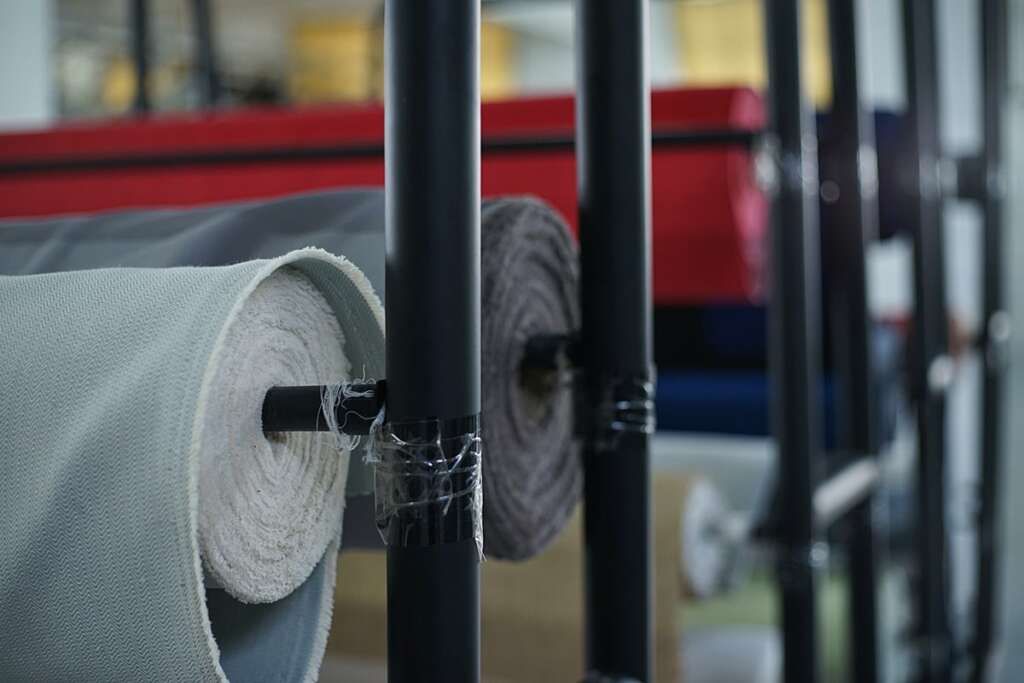
You’re looking to revamp your trusty IKEA sofa. But, you’re stuck, wondering about fabrics. The million dollar question in your head right now is, “Which is better? Natural fabrics or synthetic?”
To help you figure out which would be the best fit for you, we’ve taken it upon us to do some digging and compare the both of them, so that you don’t have to.
The Difference
So, how exactly are they different from each other? And, why does it even matter?
For starters, natural fabrics are from a natural source: like plants or animals, while synthetics are man-made from a complex combination of chemicals and resources such as petroleum, coal and plastics, just to name a few.
On the surface, synthetics don’t sound great but we’ve come a long way with fabric technology – reaching a point where many man-made products have become undoubtedly better than natural ones.
Comfort
Let’s start of by comparing comfort firstly. Natural fabrics are much more comfortable than their synthetic counterparts.
Why, you ask? That’s because these fabrics are naturally breathable unlike synthetics, which are usually more compact in terms of weave.

VS

Let’s use these two Comfort Works fabrics for a sort of case study: our Cotton Canvas (a 100% cotton fabric, top) versus Kino fabrics (our 100% polyester fabric, bottom).
The difference is pretty obvious between the two; the cotton one has tiny spaces between fibers while the synthetic polyester fabric has nearly non-existent spaces.
You could even experiment with your very own samples for the Cotton Canvas and Kino and compare them yourself.
And even if the weave were exactly the same for both fabrics, organic fibres are naturally porous compared to synthetic ones, making natural fabrics breathable no matter how tight the weave.
Natural fabric in terms of comfort and breathability, natural fabrics are the clear winner.
Absorbency
Spills are a sofa nightmareThe next most important thing would be to evaluate absorbency. You wouldn’t want spills and puppy tracks to soil your brand new covers after all so, how would these two types of fabric fare in this test?
Naturally, synthetics are more waterproof as they’re not porous.
Natural fibers such as cotton, absorb liquids pretty well, with cotton being the ultimate champion that can absorb liquids up to 27 times its weight. That’s probably not fun if you have kids or pets around.
So, if you are looking for a spill-resistant option, synthetics would be the one for you.
Durability
This is where the synthetics have the upper hand as well.
Being synthetic, technology allows us to make these fabrics as rigid and sturdy as we want.
With natural fibres unfortunately, we are subjected to their original tensile strength so even with tight weaves, synthetics are usually stronger.
There’s a typical trade-off between comfort and durability as well. In the case of the Cotton Canvas and Kino fabrics, this is how they compare:


Synthetics win again this round, owing to their inorganic composition of fibers to give you that super strong fabric that can withstand wear for quite a long time.
They would definitely be the best option for those with an active lifestyle, pets and children since their sofas would be exposed to more wear and tear.
Maintenance
Clean covers, happy people.Here, the synthetics and naturals are tied. They each have their pros and cons which makes it hard to decide on who takes home the trophy.
Synthetics, albeit being the most easiest to care for, tend to not be able to withstand high temperatures due to their composition.
Natural fabrics tend to get wrinkly and can withstand a bit of heat, around 60°C-70°C (140°F-158°F), making it a plus point if you like your covers germ-free.
Do take note of what the suppliers recommend though as this isn’t the case for all covers. Sometimes if a natural fabric takes in more heat than it can handle, it could potentially end up shrinking (even if it was sanforised prior).
Aesthetics
Now for the most important bit, aesthetics. We all want covers that make our sofas look like a million bucks. But, which fabrics help you get look that fits your style?
100% cotton covers. 100% polyester covers.As you can see from the pictures, natural fabrics are great for the lived-in look.
Natural fabrics are great for shabby chic because their fibers are linked only weakly and these weak bonds are easily broken at body temperature.
So that’s what causes wrinkles and imprints of your behind on your sofa covers, essentially.
Natural fabrics give you a more relaxed look and gives off a homey vibe compared to synthetics.
As they have a more rigid structure, synthetics hold their shape very well and give you that clean, polished look, as with the IKEA Karlstad in Kino Ash (bottom photo).
If you’re like me and wrinkles drive you crazy, maybe you should stick to synthetics.
For this round, both are winners it seems. It all comes down to personal taste and style.
Your best bet: pick a fabric that would complement the overall style of the room in which the sofa is located.
The Verdict
The scores are pretty close but we’d have to declare the win to synthetics.
Given that most of us have an active lifestyle, juggling our careers and managing things at home, synthetic fabrics are made to give us a low-maintenance, durable and hassle-free option to cater to our daily needs.
Of course, it would be much better to have options that incorporate the best of both, which is why we also have our blended fabrics that give you the durability and easy maintenance of synthetics, coupled with the comfort and luxury of natural fabrics.
If you’re looking to do more for your part and not send another sofa into the landfill, consider getting a made-to-measure sofa cover and check out our fabric collections here!
Image credits: pexels.com, pixabay.com






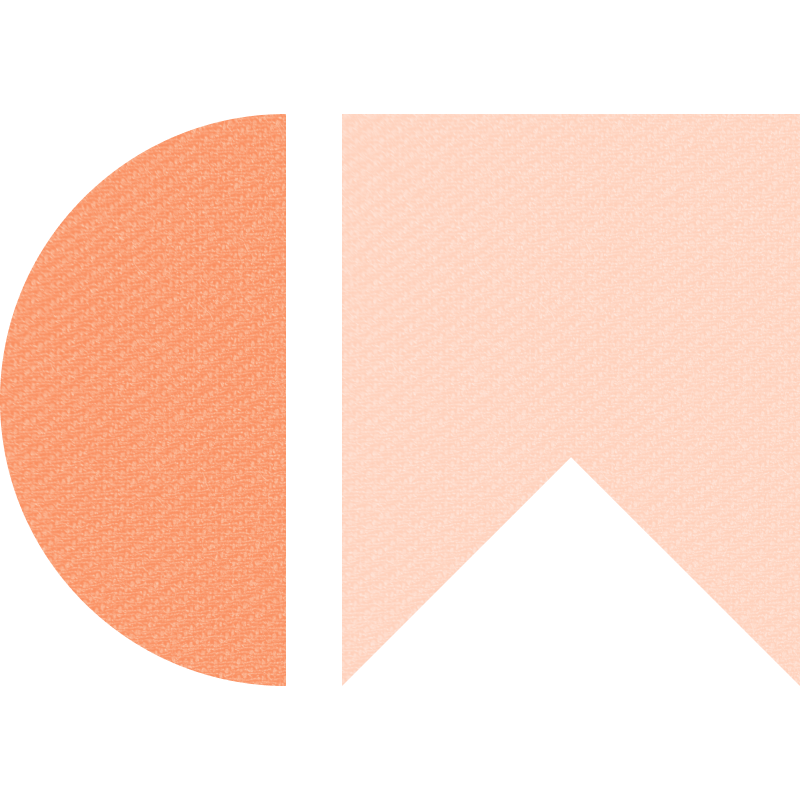

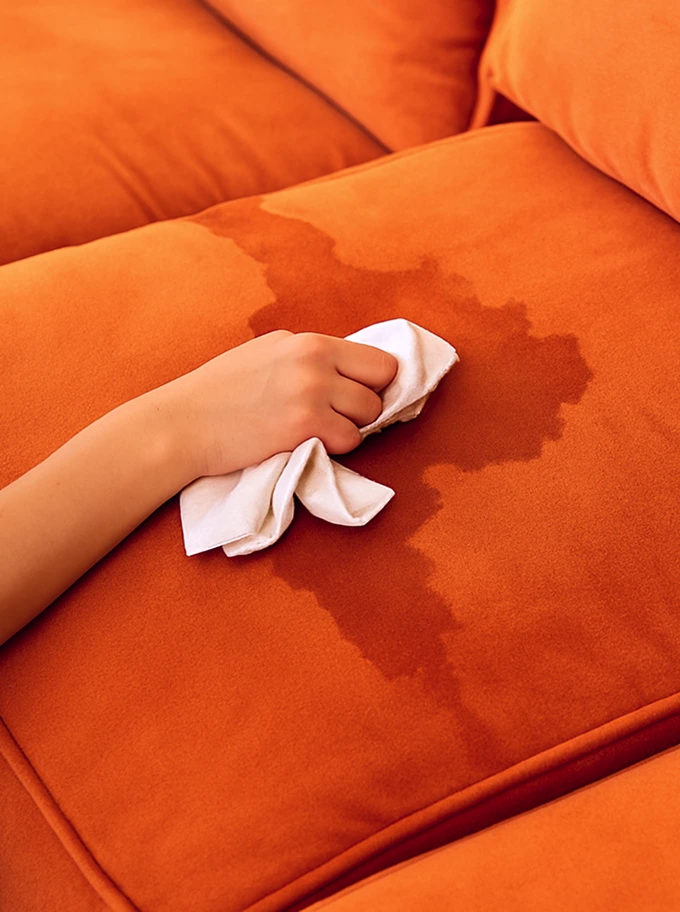
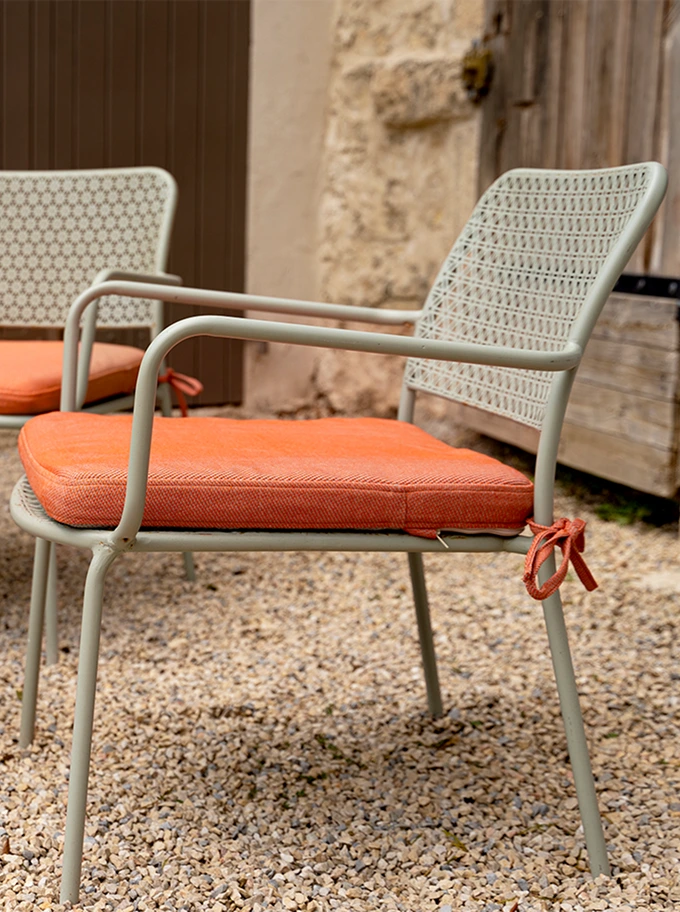
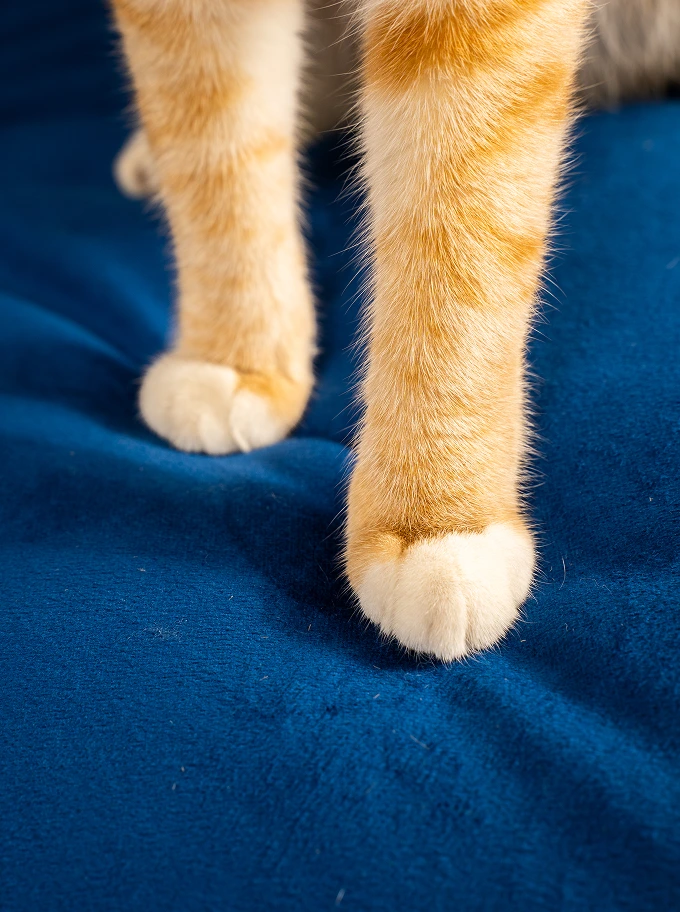
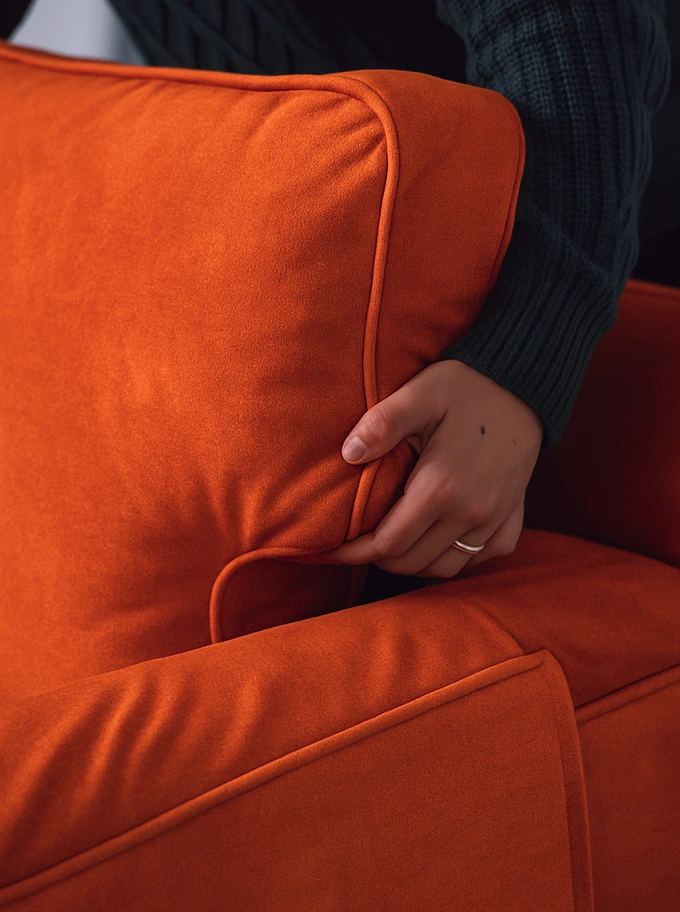
Laurie
Aug 14, 2021Great article, thank you. Following up on your answer to the earlier cats and claws question: Of all your natural fabrics, which one is best at resisting claw pulls? I do understand that none will be Claw-Proof. Would it be your Canvas Cotton?
Naomi
Aug 20, 2021Thanks for asking, Laurie!
To answer your question: Our most resilient natural fabric (against pet scratches) would be our Brushed Cottons! They can be found under the Pure Cottons range here.
The reason being; the fabric weaves are incredibly tight, which makes it hard for claws to get snagged. The fabric also has a velvety texture which makes it not that easy to scratch up. In fact; when in doubt, always go for something velvety over something rough and textured!
It would be best to get some sample swatches beforehand as this would allow you to test the fabric out in person before making any purchases.
Hope this helps :)
Jim
Jul 29, 2021Hi, Naomi, thanks for this, can you also comment on your ‘Performance’ fabric. Would it not be the best of all, ie. most comfortable and durable but with the least absorbency? What attributes made you name it ‘Performance’?
Naomi
Aug 10, 2021Thanks for your question, Jim!
It’s really subjective in this case as the best fabric for me may not be the best for you, so it really depends on what you’re looking for.
As for our Performance range, they are categorized under the “performance” category solely for their liquid-repelling feature. Our Performance Blend (now called Performance Weave) fabrics are treated with a nano-coating which allows it to maintain its full liquid-repellant efficiency for up to 5 wash cycles. Spot-cleaning is recommended when necessary.
In terms of comfort, it is definitely soft and has a really cozy texture to it. Just be sure to keep away from sharp claws as the weaves do tend to get snagged if its scratched on!
Pamela Jackson
Jul 8, 2021Thanks for the article. I am leaning synthetic because I have two large dogs who live on the sofa; however, I worry about toxic off-gassing. Thoughts?
Naomi
Jul 23, 2021Interesting thoughts, Pamela!
Toxic off-gassing tends to happen only if there are toxic chemicals already present in the fabric in the first place – and this normally happens when the fabric has been treated with chemical substances which react under heat or simply with use over time.
In cases like this, it is best to check directly with the shop/company you’re buying from.
As for our synthetic and natural fibre slipcovers, we strictly do not use any type of treatment and the only substance in the fabric would be natural fabric dyes which are completely harmless to humans and animals (pets).
Good luck – let us know if you discover anything interesting. ;)
Michele
Jun 24, 2021Good article, but as to pets (namely, cats and claws) will a natural fibre be less likely to snag? How do the 2 velvet fabrics you offer compare?
Naomi
Jul 23, 2021That’s a great question, Michele!
The truth is, it really depends on the weave of the fabric. Of course, certain fabrics (like linen, for example) are by default way more delicate and is generally not recommended for rough use with pets/kids even though the material provides great comfort.
Cotton may be more durable – but again, this would depend on the weave. Let’s take duck cotton for example. The weaves are usually tight enough to withstand scratches here and there, but it would not be as sturdy as something with a super tight weave like velvet, for example.
Our Claw-Proof Velvet is designed with exactly this in mind. It has weaves strong and tight enough that cat claws do not get snagged into the fabric easily. In fact, they actually do not snag at all. On top of that, the short naps of the velvet fabric makes fur so much easier to be swept away without getting stuck in the fabric. Un-scratchable fabrics like this tend to steer cats and dogs away from using the couch as a scratching post, since they don’t get any satisfaction from it.
In any case, no matter the brand/shop you’re buying from; we’d recommend always getting some samples beforehand and testing them out with your pets or in your household to see how it stands up against the everyday activities in your home. :)
Hope this helps!
Jane Li
Dec 16, 2020Thank you! This article is super helpful! I will be making a decision based on what I learned here.
Naomi
Jan 13, 2021Thanks for your kind words, Jane! Glad you found this helpful :)